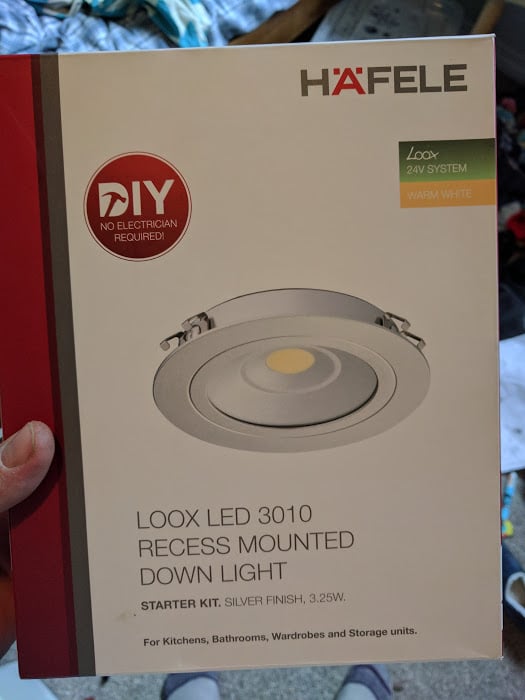starting a new renovation and considering using 24v LED downlights for all the rooms. supposedly becoming more popular method in EU
its similar to installing LEDs anyway except it uses one or two centralised drivers as opposed to having individual drivers connected to each LED (or integrated)
voltage drop accounted for, i dont see any drawbacks to this, advantage being i get to run and install the lighting cable and fittings myself
i know theres a few electricians with opinions here, would love some input please
gb




